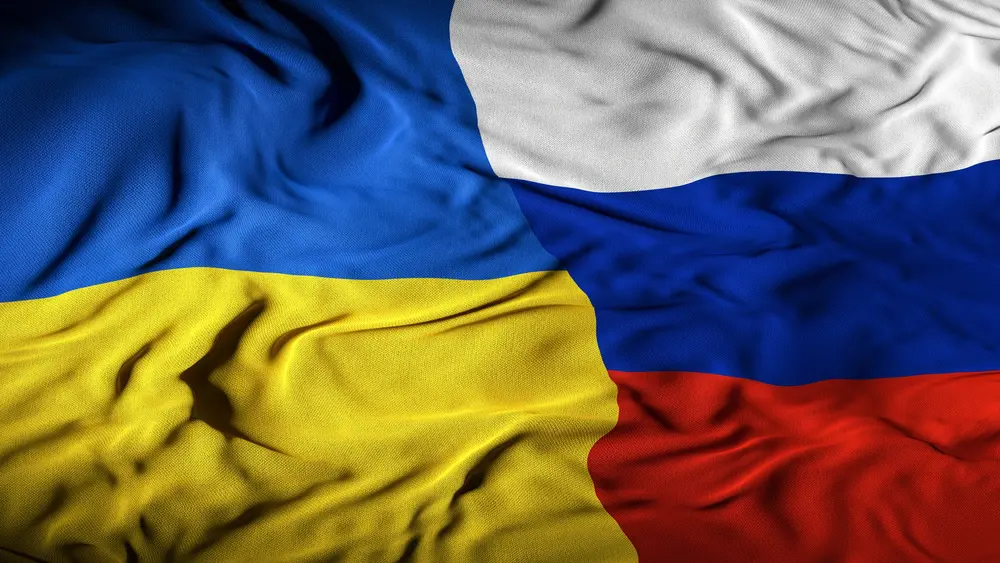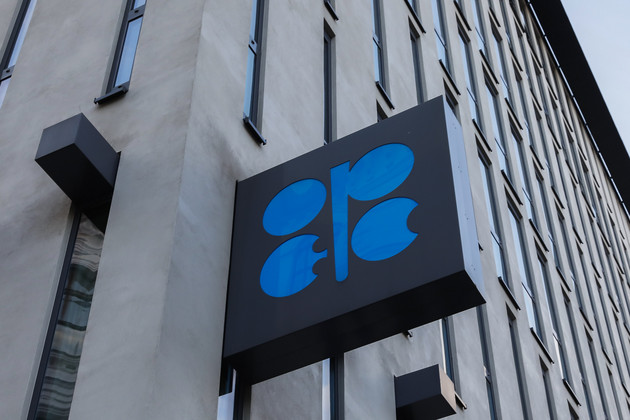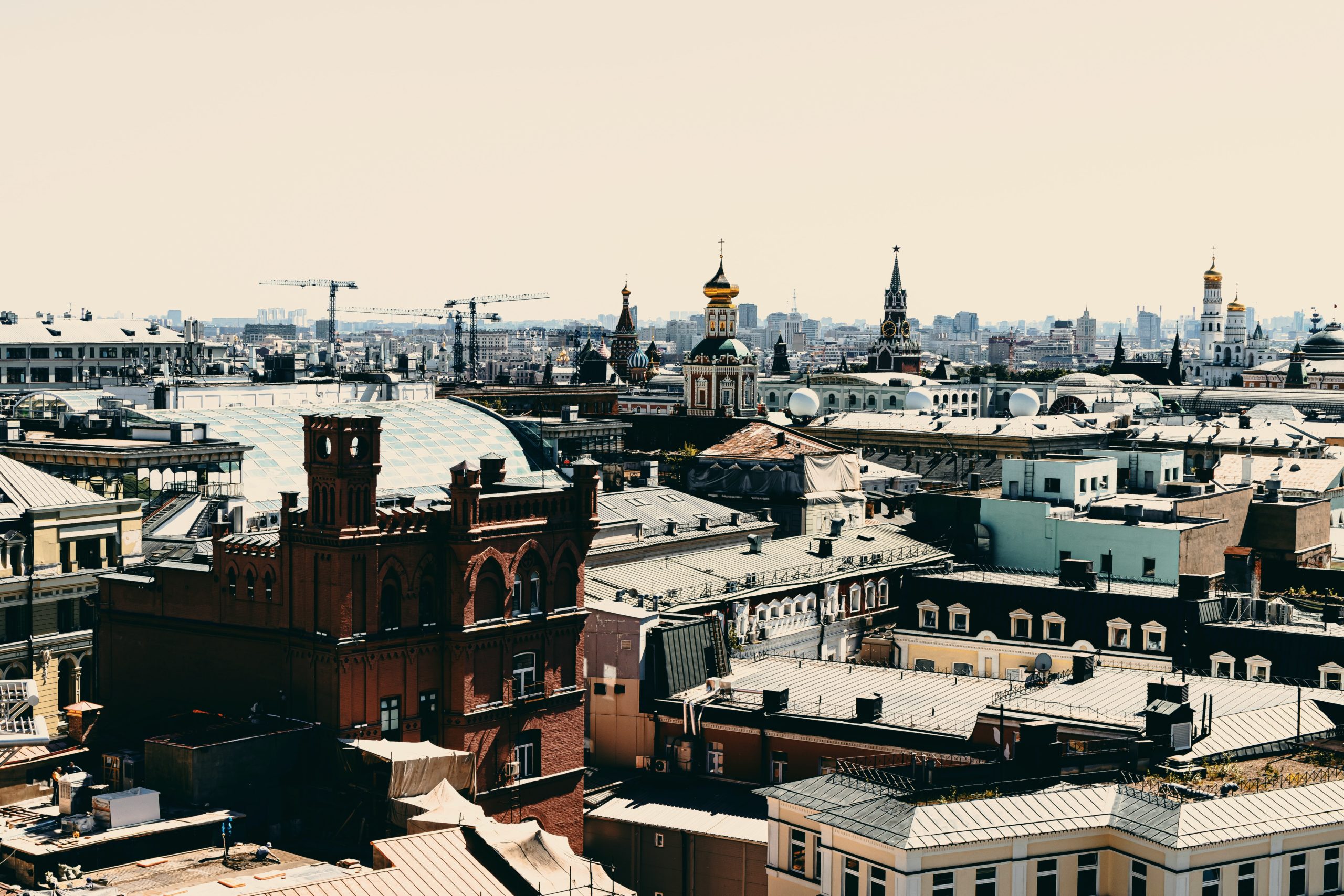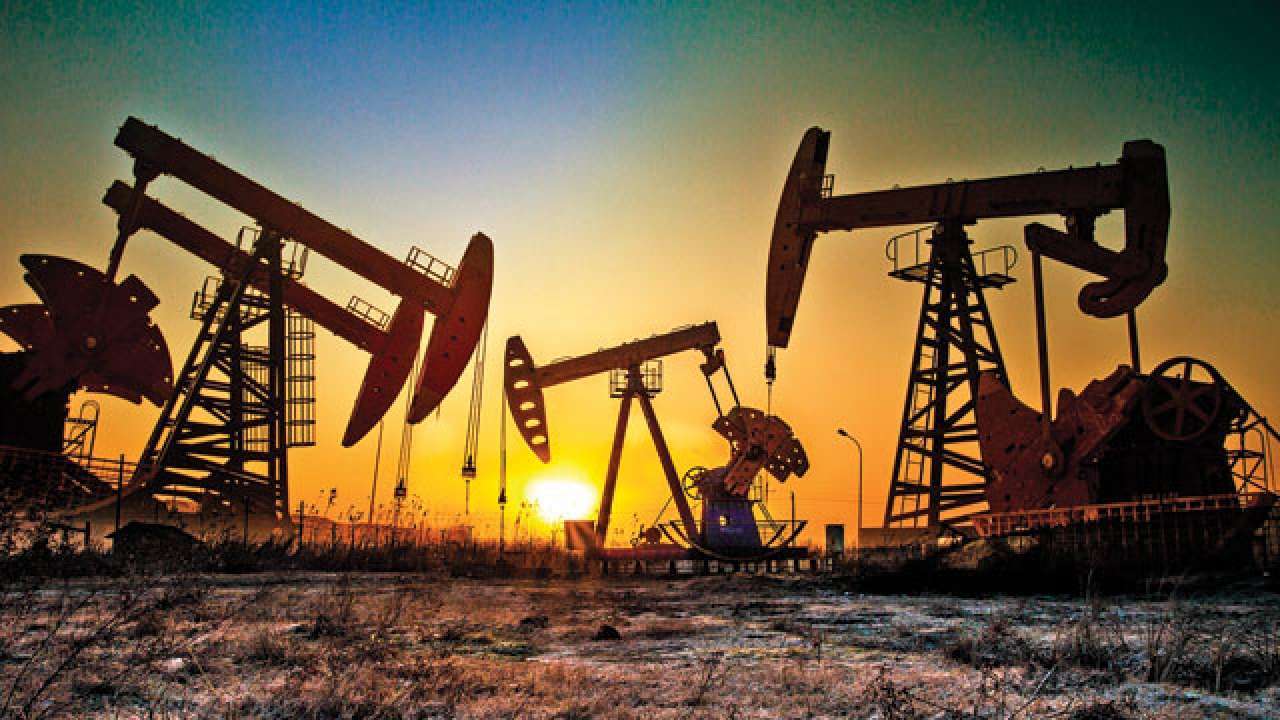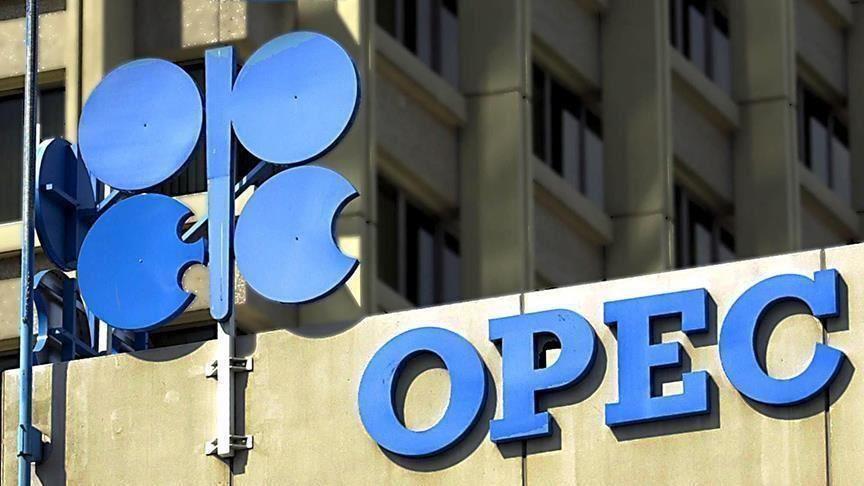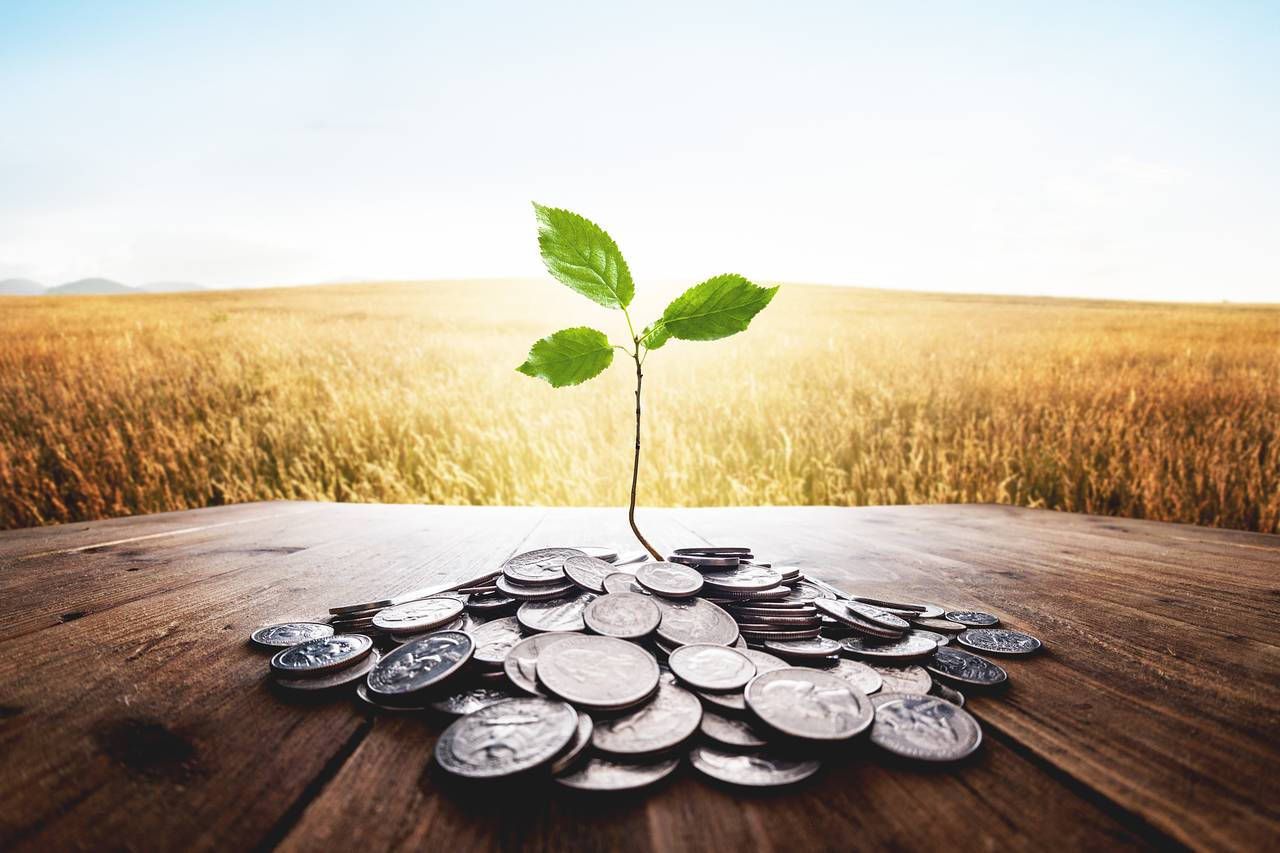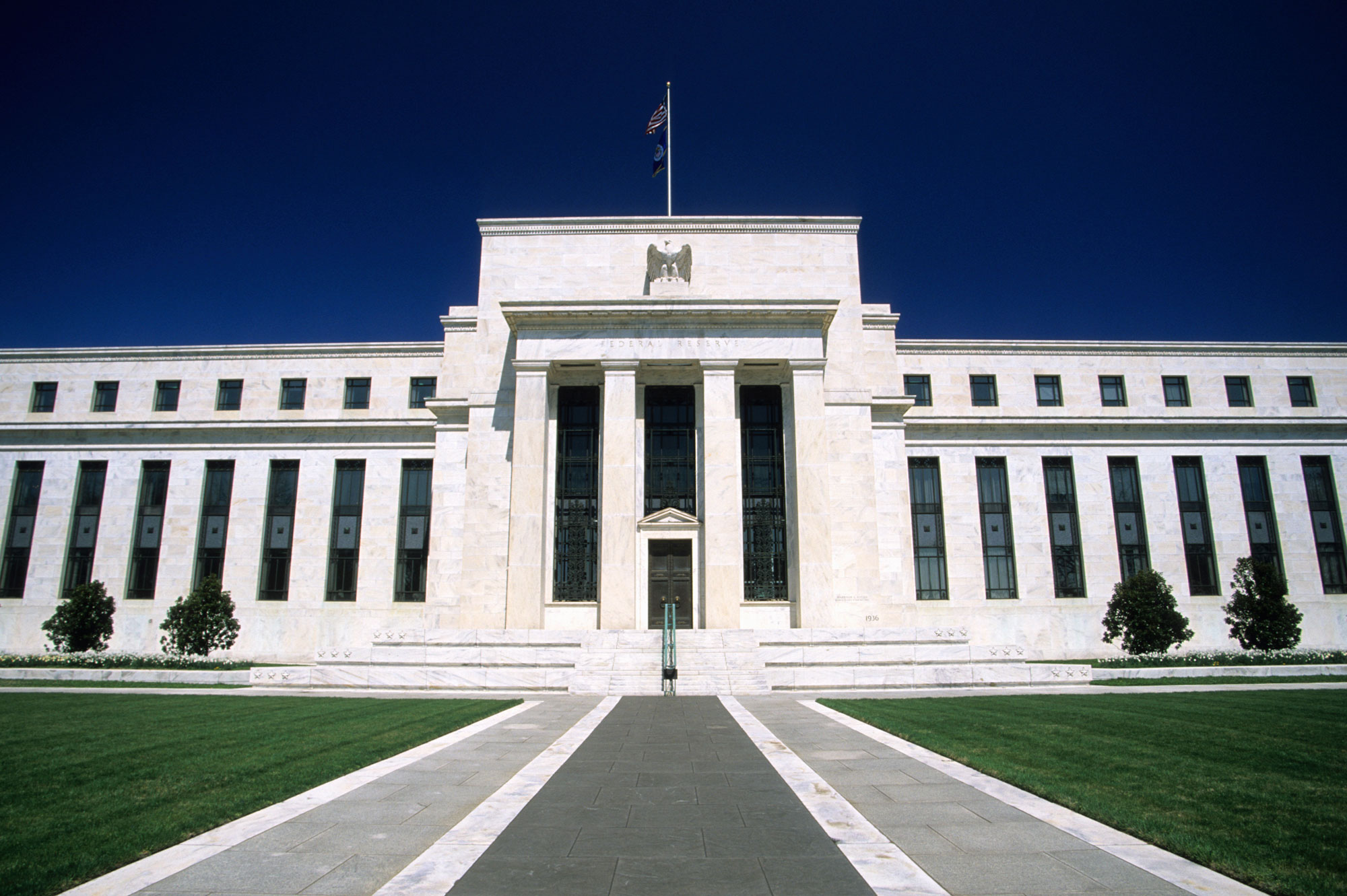Russia’s economy has entered a tenuous recovery. GDP has risen for three consecutive quarters, with growth reaching a healthy 2.5% year over year in the second quarter. This figure slightly overstates strength as a result of steeper declines in 2016. Rosstat also recently revised up 2016 GDP figures, showing that declines were not as deep as previously thought.
Weak points remain prominent. Western sanctions against the energy and financial industries are holding back stronger growth. The Central Bank of Russia has bailed out two of the country’s largest banks this year and revoked the charter of a third smaller bank.
Oil Production Cuts

The recent rise in oil prices has lifted the economy, but still-low prices hound Russia. Brent crude oil prices have risen by about $10 per barrel since last November, when the OPEC and non-OPEC joint output cut was announced. Russia committed to cutting production by 300,000 barrels per day, a goal it achieved in October.
Prices have risen over the last month on the expectation that participants will extend the cuts through the end of 2018. Russian Urals oil prices have also gained relative to other benchmark grades. At the beginning of the year, Urals traded at a discount of $1.28 per barrel versus Brent. That spread narrowed to only 48 cents per barrel in October.
Russian officials have expressed trepidation about joining in the renewed cuts. Russia’s commitment was the second largest of the group, and a refusal to renew the cuts could jeopardize the deal and send prices lower. Motivation to extend the deal will be lower with Brent currently trading above $60 per barrel.
Working To Boost Output
Even if Russia decides not to extend its cuts, oil companies will struggle to boost output. Punitive sanctions over the invasion of Ukraine stipulate that foreign firms cannot work with the Russian energy industry. Without foreign capital and technology, firms will face difficulty in extracting oil from the Arctic.
Nonetheless, the recent price increases have encouraged stronger investment in the short term. Gross fixed capital formation was the strongest component of GDP in the second quarter, rising 6.3% year over year. This is partially due to government investment in the Siberian gas pipeline. The Central Bank of Russia has dropped its key interest rate five times this year, to 8.25%, and lower borrowing costs combined with a stable ruble are boosting investment. Investment growth will slow through the year, as oil prices are expected to stall and the significant pipeline project winds down.
About Thomas Nichols
Thomas Nichols is an associate economist at Moody’s Analytics. He covers Louisiana, Kentucky, and Russia, and researches environmental and energy economics. Before joining Moody’s Analytics, he worked in money management for Fisher Investments. Thomas earned a bachelor’s degrees in economics and history from Pennsylvania State University, where his honors thesis addressed oil price forecasting.
Photo Credit: Capital Research/Oil and Gas People

